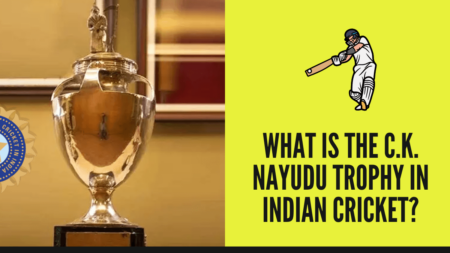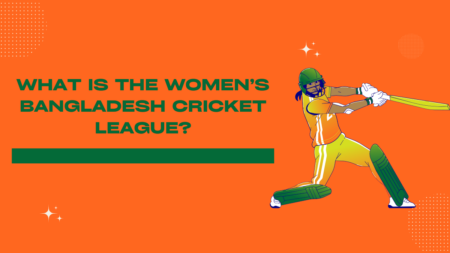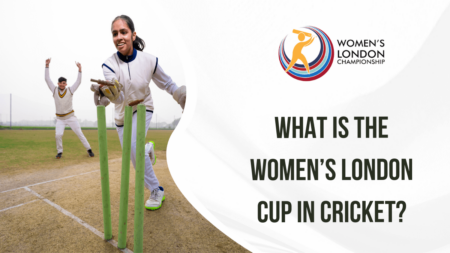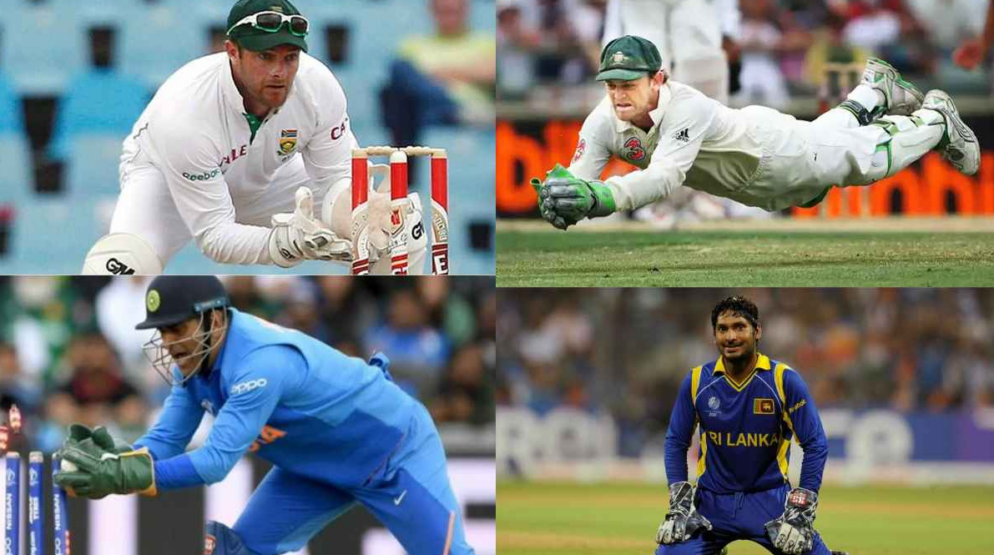
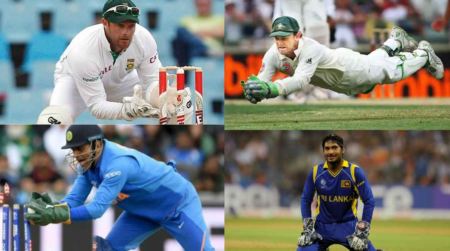
The wicket-keeper is a designated field position of a player who stands behind the stumps of the strike batter. The wicket-keeper’s role is to collect the ball missed or edged by the batter and inflict a run out or stumping as and when possible.
The wicket-keeper’s role is a challenging one, as they have to be sharp and spontaneous to intercept the incoming fast paced ball or one that spun after pitching. Given the fact that a wicketkeeper’s role can be an injury threat, they are the only player in the fielding side who are allowed to wear a helmet, gloves, and leg pads.
The field position of a wicket-keeper is not a mandate, but a necessity. According to the laws laid down by the Marylebone Cricket Club, the wicket-keeper should stand behind the stumps at all times and can move in front of the stumps only after the ball has made contact with the bat or the person of the batter, and when the batter has attempted a run after the ball has passed through the stumps of the striker’s end.
When a wicket-keeper collects the ball before it passes the stumps, then the umpire has to first confirm this event from the third umpire. Once confirmed, the ball is deemed illegal and a no ball is signalled. This means that the batting side gets one extra run and that delivery has to be bowled again. The subsequent delivery is also a free hit. This means that the batter cannot be dismissed in any event other than a run out.
The wicket-keeper thus cannot collect the ball ahead of the stumps as it would not provide the batter adequate time and opportunity for hitting the ball.

